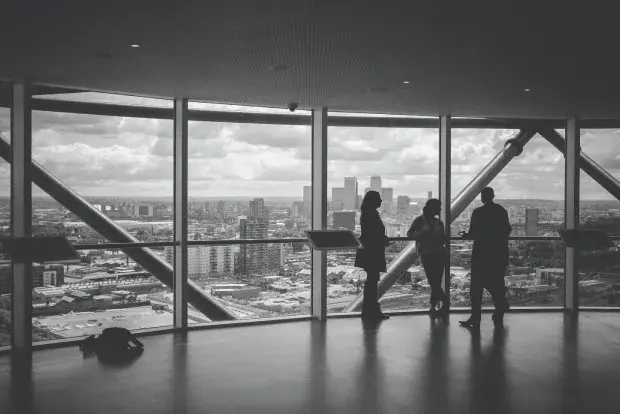UI/UX Design Trends 2025-2026 You Should Keep an Eye On
As the world enters the mid-2020s, the areas of user interface (UI) and user experience (UX) design are no longer a new concept. Yet, influenced by the rapid digital evolution and growing consumer expectations, UI/UX design has undergone multiple significant transformations worth your attention. Think at least of the increasing complexity of digital environments or the emergence of artificial intelligence (AI). With such powerful innovations at stake, many market-leading companies hire UI/UX designers since the future of UI/UX promises to be both challenging and exciting. In our new blog post dedicated to UI/UX design trends 2024, you can explore unique insights into how designers can stay ahead of the curve during the upcoming years. From bento box design to minimalist design, we will take a look at the hottest UI/UX design trends of the season. Ready, set... Let's crush web and mobile UI/UX design trends 2024!
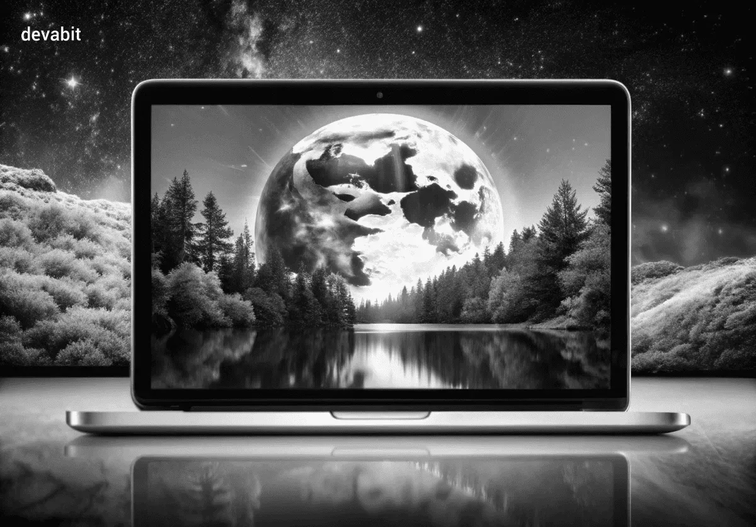
- Less Is More or How Minimalist Design Overtakes the Modern Market
- Ethical Design: Death of Advertisement or New Era of Social Responsibility
- Unveiling the Power of Human-Centered Design & Emotional Patterns
- How Immersive Experiences Revolutionize UI/UX Design Trends 2024
- devabit Expert Shares the Hidden Gems: The Top UI/UX Design Trends You Have Never Heard About
- Final Verdict on UI/UX Design Trends 2024
Less Is More or How Minimalist Design Overtakes the Modern Market
Since consumers are fed up with overstimulation, minimalistic UI/UX design is gaining momentum.
Simplicity in Each Step
When it comes to web & mobile UI/UX design trends 2024, most people think of tricked-out functionality. However, there is no need to reinvent the wheel: oversaturated interfaces are left behind, paving the way for clean lines, immense white space, and a focus on core elements. So, what is minimalist design really all about? In a nutshell, this UI/UX design trend offers to get rid of all unnecessary distractions. This approach is beneficial in mobile design, where screen space is limited so that users have to find the necessary information in a quick and efficient manner. At the same time, minimalist design is not only about aesthetically pleasing visuals but also about functionality and user-friendliness. In the near future, we can expect interfaces to become even more streamlined and intuitive, emphasizing simplicity and a cohesive and straightforward approach to representing relevant data through UI/UX design.
Content as the Main Character
Needless to say, creating designs is definitely a captivating process. Designers open an endless world of opportunities with varied elements, color palettes, fonts, and pictures. Unfortunately, it is so easy to get lost in this artificial reality that designers often fail to comprehend the main idea of UI/UX, overshadowing the content with design elements. In this regard, placing content as the main character is an inseparable element of minimalistic design. While modern users seek authenticity in their digital interactions, focusing on content instead of visual elements can boost user engagement. Whether it is a blog post, a mobile app, or a web page, the content should become the design's endpoint. Typographic elements, images, and layouts should work for the content, not vice versa.
Pro Tip: Since minimalist design is one of the most popular web and mobile UI/UX design trends 2024, typography also plays a crucial role in creating simple and intuitive designs. If you have already deleted useless visual elements, it is time to put an emphasis on the choice of fonts, sizes, and spacing. By way of illustration, pretentious typography can serve as a visual element, distracting users from the meaning of content. To establish the right tone and enhance readability, use simple and elegant typography that straightforwardly represents the concept of your design while not overshadowing its main idea.
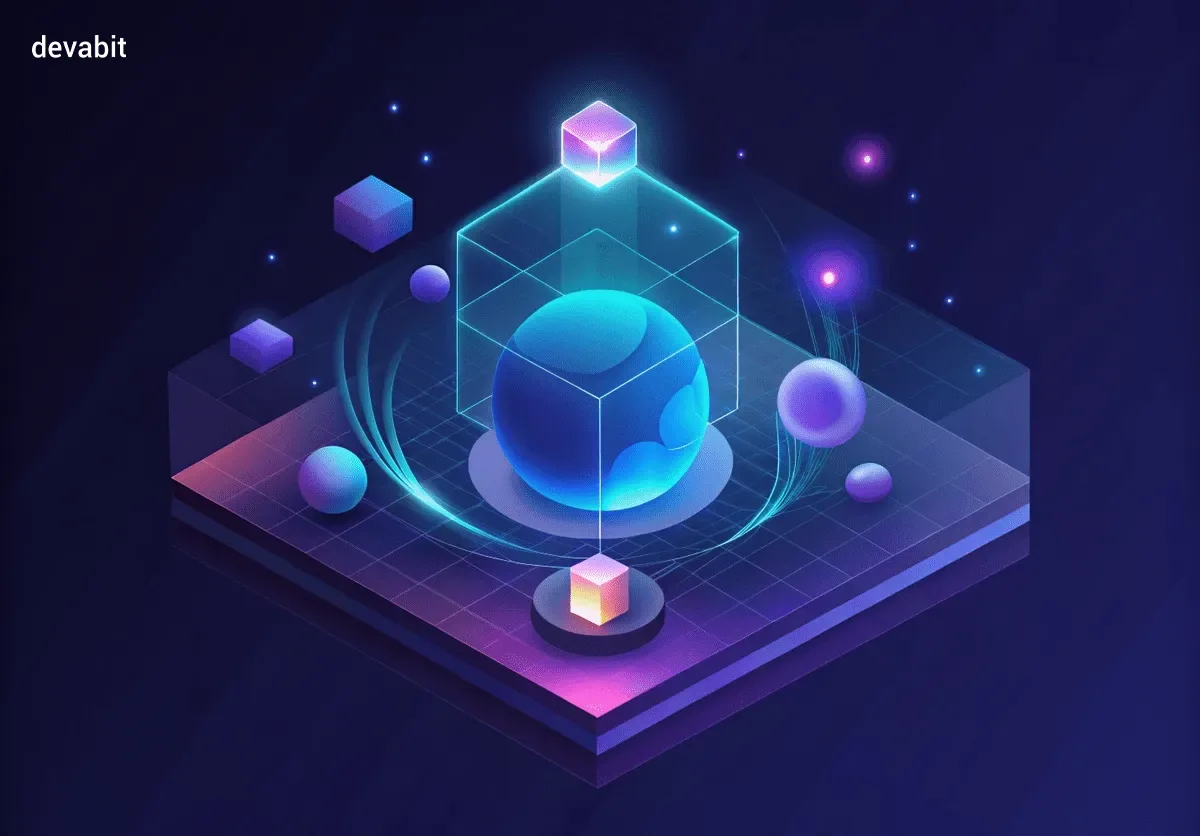
Ethical Design: Death of Advertisement or New Era of Social Responsibility
Resisting manipulative design patterns, respecting data privacy, encouraging co-design and eco-friendliness — the cornerstones of ethical designs are truly promising.
Popularizing Sustainability
As environmental and ethical issues are gaining momentum in terms of modern social polemics, sustainable and ethical design practices reflect a broader social shift of the 21st century. Not just aesthetics and functionality but also the long-term impact of design decisions — this is how ethical and sustainable concerns influence web and mobile UI/UX design trends 2024. From reducing app energy consumption to designing for longevity rather than seasonal needs, ethically responsible designers bring a multitude of ideas to the table. For instance, designers might prioritize lightweight design that reduces server load and energy consumption or create interfaces that encourage users to make environmentally conscious choices.
Designing a Safe Online Environment
Ethical design gathers many essential components under one roof, such as data privacy, inclusivity, and the responsible use of AI and advertisement. For example, you can design an eCommerce page with an add-to-cart button that literally takes half the page. While you have the right to do this, it may not be the best way to represent your brand. Same with AI-generated content: if your text or images are 100% AI-generated, your users will likely consume poor-quality content, while user satisfaction rates will decrease at a rapid pace. Over and above that, ensuring your digital products are accessible to all users, regardless of their abilities, backgrounds, or specificities, is also pivotal.
Pro Tip: Ethical design is a great tool to build a trustworthy user-brand relationship. In the age of data theft and privacy concerns, transparency and trust are extremely essential. With this in mind, it is important to design interfaces that clearly communicate how data is collected, used, and protected. Moreover, be transparent about the use of AI and machine learning (ML).
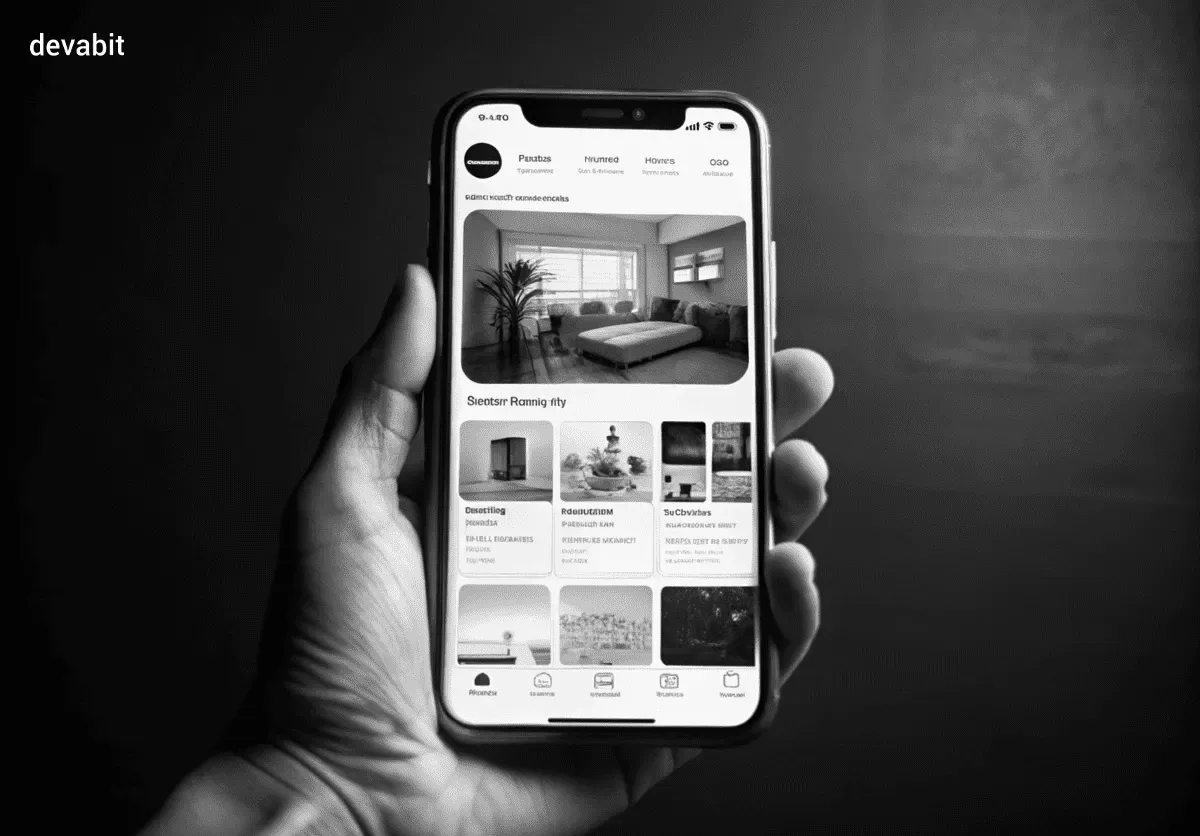
Unveiling the Power of Human-Centered Design & Emotional Patterns
While AI-generated content conquers the modern market, the latest UI/UX design trends suggest creating human-generated and human-centered designs that evoke users' emotions.
Memorable Design Experiences
Being one of the hottest web and mobile UI/UX design trends 2024, human-centered design prioritizes the users' needs, emotions, and expectations. It is all about designing experiences that stimulate positive emotions, such as joy, satisfaction, and trust. Hence, designers utilize specific colors, images, and fonts to provoke a particular mood. On the flip side, emotional design sometimes involves anticipating and addressing negative emotions, such as frustration or anxiety, by designing more forgiving and error-resistant interfaces. Summing up, emotional patterns are carefully integrated into the user journey in order to establish more meaningful interactions. During the next decade, human-centered designs with emotional patterns are predicted to play a key role in creating digital experiences that are not only efficient but also profoundly human, building user-brand relationships that go beyond the screen.
AI, Empathy, and Everything in Between
Even though users prefer human-generated content over AI-powered designs, designers can still benefit from using AI. In fact, AI helps to identify the type of human emotions and, therefore, offer the proper responses. By way of illustration, comprehensive AI systems can analyze a user's facial expressions, tone of voice, or typing patterns to measure their emotional state and adjust the interface accordingly. If a user seems bored, the system might offer additional help or add more elements to the interface to turn the browsing experience into an enjoyable journey. Such a mind-blowing level of empathy can lead to more personalized design experiences so that each user feels understood and supported.
Pro Tip: Use AI to enhance rather than replace human capabilities. While emotion-detection technology can be beneficial, do not forget that AI cannot depose the human factor. Enrich your designs with creative and unique ideas, and let AI be just a supportive tool instead of the main character of your design projects.

How Immersive Experiences Revolutionize UI/UX Design Trends 2024
You have definitely heard about buzzwords like virtual reality (VR), augmented reality (AR), and the Metaverse. Yet, do you know how they influence the area of UI/UX design?
AR & VR in UI/UX Design
Immersive technologies revolutionize the way we interact with digital content. Destroying the borders between the real and artificial worlds, AR and VR bring users' perceptions to an entirely new level. From real estate to the fashion industry, there is no such industry that would escape the powerful impact of AR/VR technology. While this immersive technology enables users to try on clothes virtually or visualize how furniture would look in their home, UI/UX designers are challenged to create interfaces that seamlessly blend with the real world. In this way, designers should prioritize providing useful information without overwhelming the user. Speaking of virtual reality, UI/UX designers must pay specific attention to spatial awareness, movement, and feedback.
Does Metaverse Require Metadesign?
As a virtual environment that consists of virtually enhanced physical reality and physically persistent virtual spaces, Metaverse is a one-of-a-kind phenomenon that dictates its own design rules. There is no doubt that UI/UX designers will play a critical role in shaping these experiences, ensuring that they are accessible, engaging, and aligned with user expectations. By way of illustration, UI/UX designers will be involved in designing individual interfaces, but their crucial role will not be limited by the interfaces themselves. Thereupon, UI/UX designers can significantly contribute to the broader ecosystem of interactions and behaviors within the Metaverse.
Pro Tip: Take the user's viewpoint into account when designing your UI/UX to fully realize the potential of AR, VR, and the Metaverse. Examine how UI/UX design, interaction patterns, and feedback mechanisms might enable a more intuitive and immersive experience by thinking beyond conventional 2D screens.
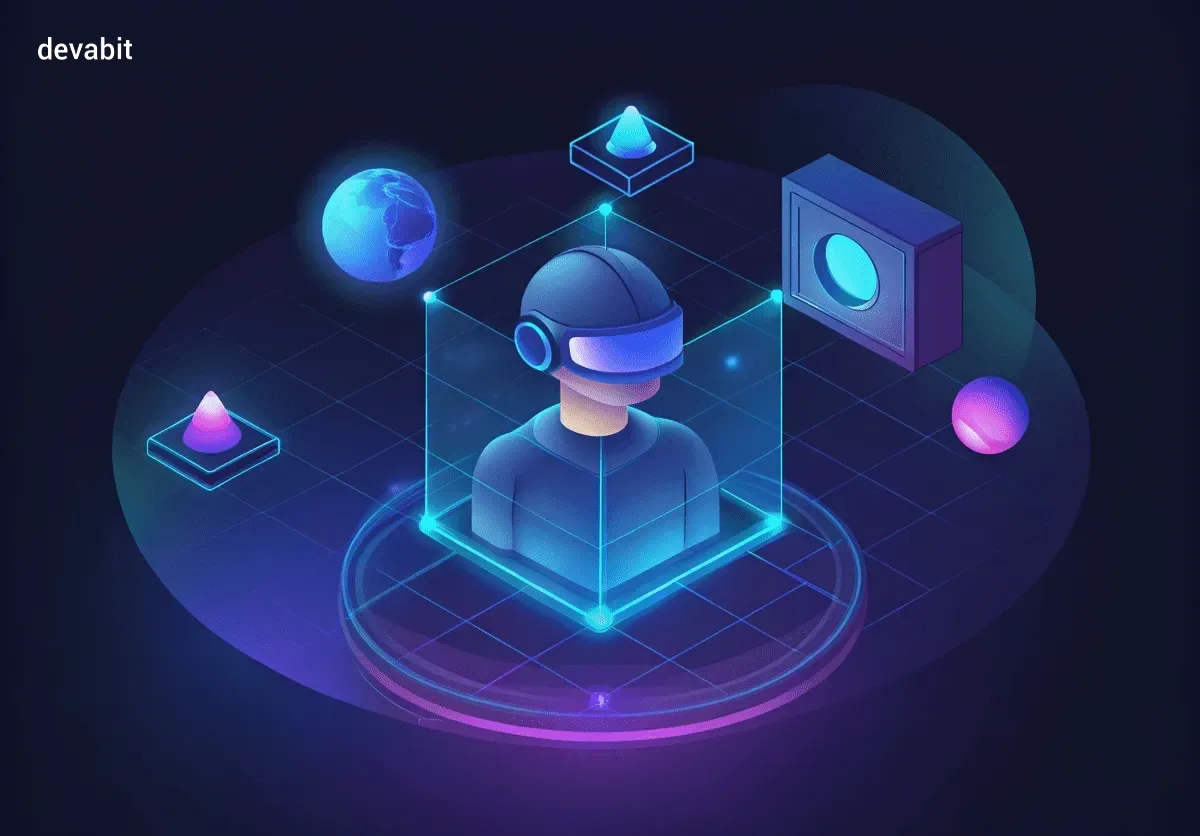
Our top-tier UI/UX designer, Nick Dmytriv, shares his favorite UI/UX design trends. Read on to keep pace with modern design practices that delight users.
Bento Box Design
Initially invented in Japan, the concept of bento box design follows the rule of Japanese food boxes. As a convenient and balanced meal option, bento meal boxes are popular among Japanese students, office workers, and families. Being a unique mixture of multifaceted styles and flavors, the bento box is a flexible concept that can be applied to web design. Well, how does it work? To make visually beautiful websites, content blocks of different sizes and designs are organized in grids (think 3x3, 4x4, and beyond). This method transforms what may otherwise be boring material into a visual feast, enriching flat design practices with a breath of fresh air.

Parallax Effect
Have you ever scrolled through a dynamic page? As if you were scrolling through more than one view at once? It is called the parallax effect. To reach such an effect, different page elements should move at different speeds. This subtle yet powerful technique creates a sense of depth and immersion. Thanks to the parallax effect, users feel like they are interacting with a multi-layered, three-dimensional space. Thus, this mobile UI/UX design trend can help you create dynamic and engaging designs, drawing users in and encouraging them to explore the web page further. However, do not forget to keep the balance and remember that less if more. The overabundance of the parallax effect can lead to disorientation or slow down page loading times, negatively affecting the overall user browsing experience.

Gradients & Bold Typography
Here we go; gradients are finally back! Unlike the intense gradients of the past, modern soft gradients mix colors in a smooth, organic manner, aiming to create a calming and visually pleasing effect. Being a great way to add subtle depth and texture to UI/UX designs, gradients align with the broader trend towards minimalism and simplicity in design, shifting the focus to an elegant aesthetic. Notably, it is better to utilize soft gradients in background designs, buttons, and overlays in order to add a touch of warmth and sophistication without overwhelming the user. The key to using soft gradients effectively is to ensure they complement the overall design and enhance the visual hierarchy rather than competing with other elements on the page. Bold typography, on the other hand, can be used to emphasize headlines, calls to action, and other crucial design elements, ensuring that they stand out on the soft gradient background.
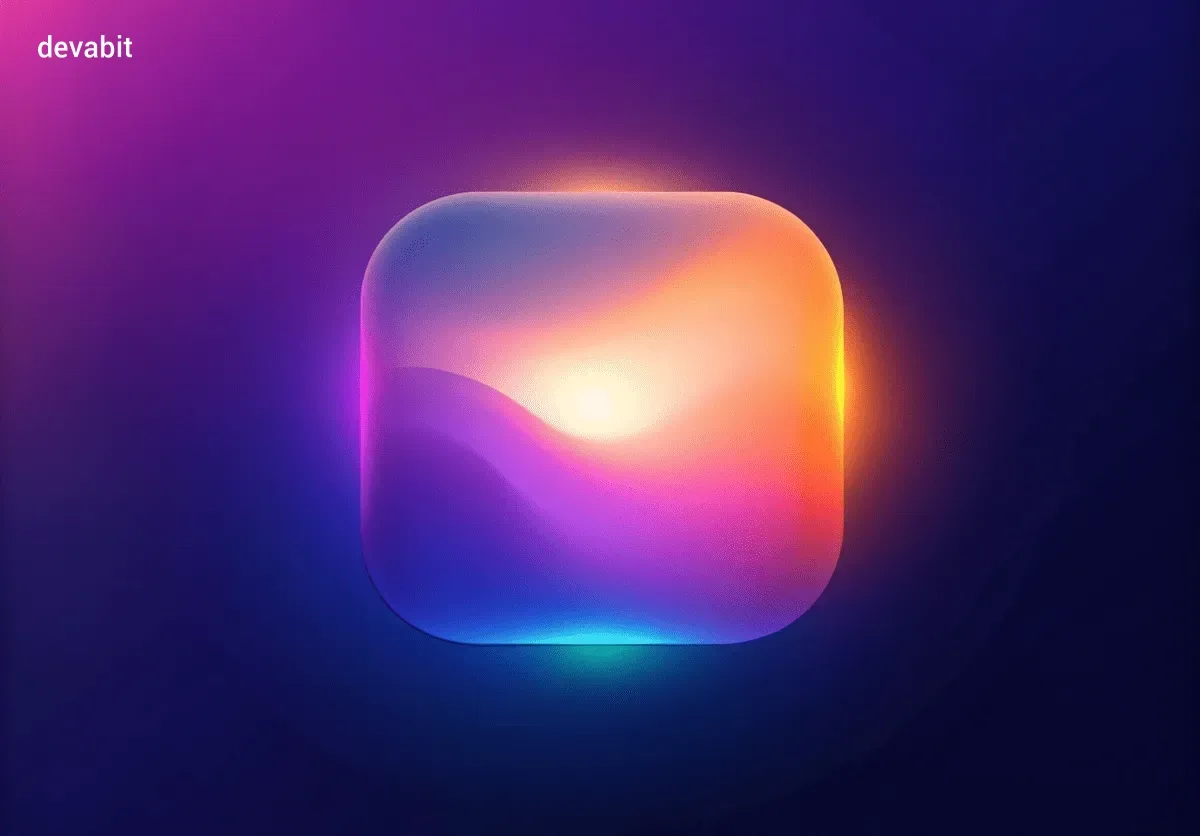
Final Verdict on UI/UX Design Trends 2024
Hopefully, this article, dedicated to the top web and mobile UI/UX design trends of the season, will inspire you to integrate these trendy practices into your workflow. From minimalist design to the use of gradients and bold typography, we provided a vast selection of UI/UX design trends 2024, so everyone can find something they like.
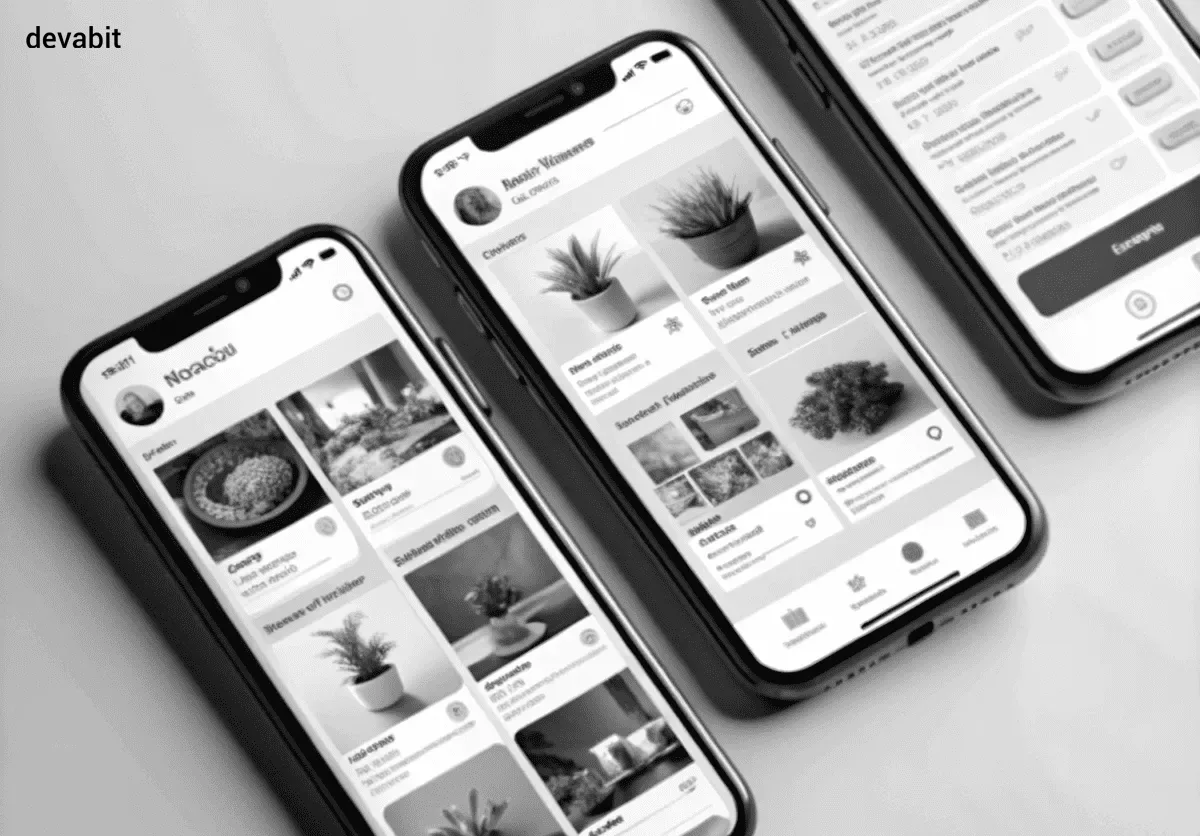
In case you need assistance with turning your creative design ideas into reality, the devabit team is ready to help. We offer state-of-the-art discovery phase and product design services. Moreover, you can also hire a dedicated team of UI/UX designers. Would you like to take the first step toward your award-winning designs? Contact us below to get a free consultation with our experts. Let's design your success together.
Recent Publications
Don't miss out! Click here to stay in touch.
Discover More

Relevant Articles View all categories
View all categories CONNECT WITH US WE’RE READY
TO TALK OPPORTUNITIES
THANK YOU! WE RECEIVED YOUR MESSAGE.
Sorry
something went wrong
